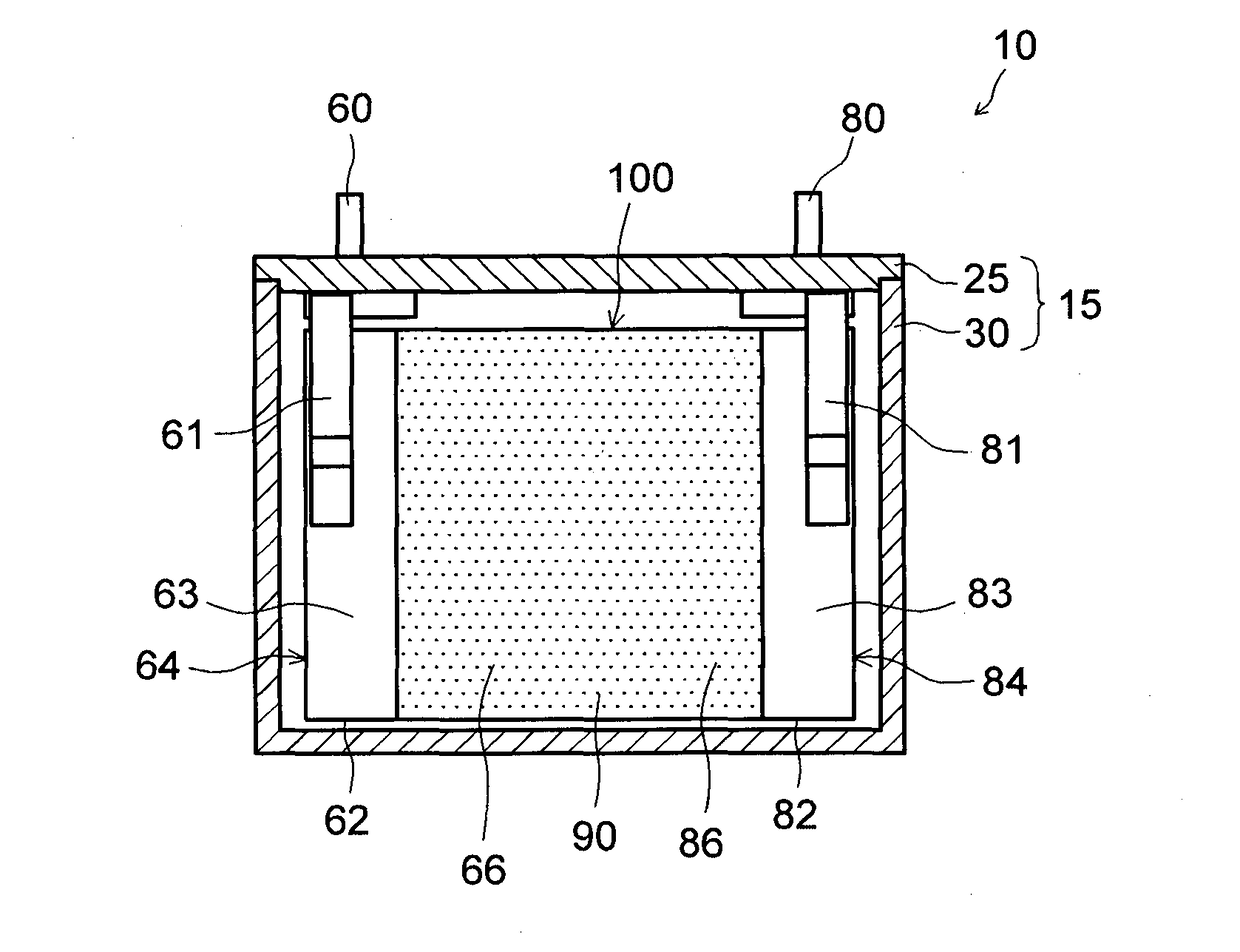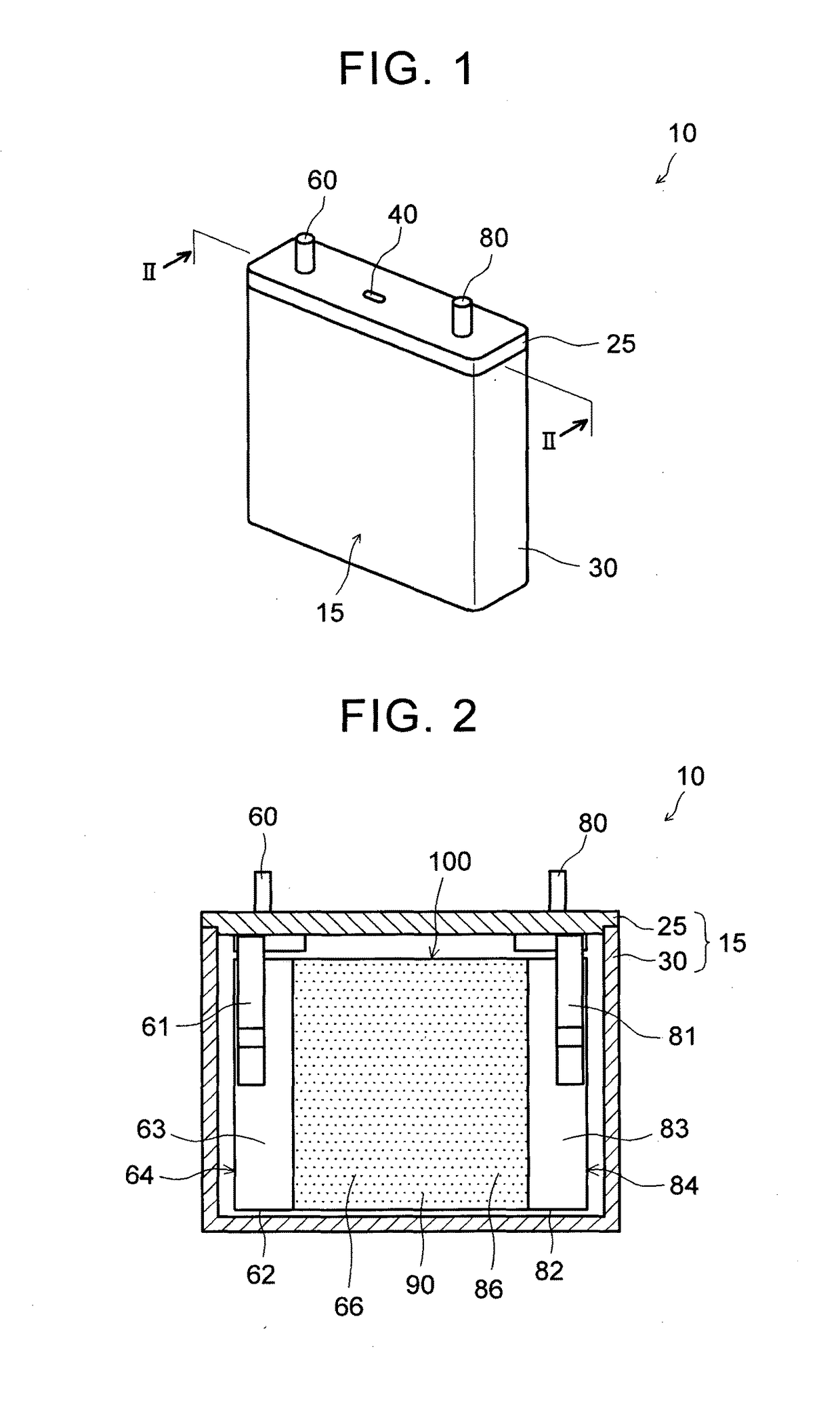Positive electrode active material for lithium secondary battery, positive electrode for lithium secondary battery, and lithium secondary battery
a lithium secondary battery and active material technology, applied in the direction of cell components, electrochemical generators, nickel compounds, etc., to achieve the effects of enhancing stability (durability), reducing the amount of mn elution, and increasing the bond force (bond energy)
- Summary
- Abstract
- Description
- Claims
- Application Information
AI Technical Summary
Benefits of technology
Problems solved by technology
Method used
Image
Examples
Embodiment Construction
[0022]Preferred embodiments of the invention are described in the following. Matters required for the execution of the invention but not particularly described in this Specification may be executed as appropriate based on the related art in the pertinent field.
[0023]The lithium secondary battery positive electrode in the embodiments of the invention includes a positive electrode current collector and a positive electrode active material layer formed on this positive electrode current collector. The same conductive members composed of a highly conductive metal as the current collectors used for the positive electrodes of lithium secondary batteries in the related art are preferably used for this positive electrode current collector. For example, aluminum or an alloy in which aluminum is the major component can be used. The shape of the positive electrode current collector can differ in conformity to, for example, the shape of the lithium secondary battery and as a result is not parti...
PUM
| Property | Measurement | Unit |
|---|---|---|
| crystalline structure | aaaaa | aaaaa |
| energy densities | aaaaa | aaaaa |
| durability | aaaaa | aaaaa |
Abstract
Description
Claims
Application Information
 Login to View More
Login to View More - R&D
- Intellectual Property
- Life Sciences
- Materials
- Tech Scout
- Unparalleled Data Quality
- Higher Quality Content
- 60% Fewer Hallucinations
Browse by: Latest US Patents, China's latest patents, Technical Efficacy Thesaurus, Application Domain, Technology Topic, Popular Technical Reports.
© 2025 PatSnap. All rights reserved.Legal|Privacy policy|Modern Slavery Act Transparency Statement|Sitemap|About US| Contact US: help@patsnap.com


